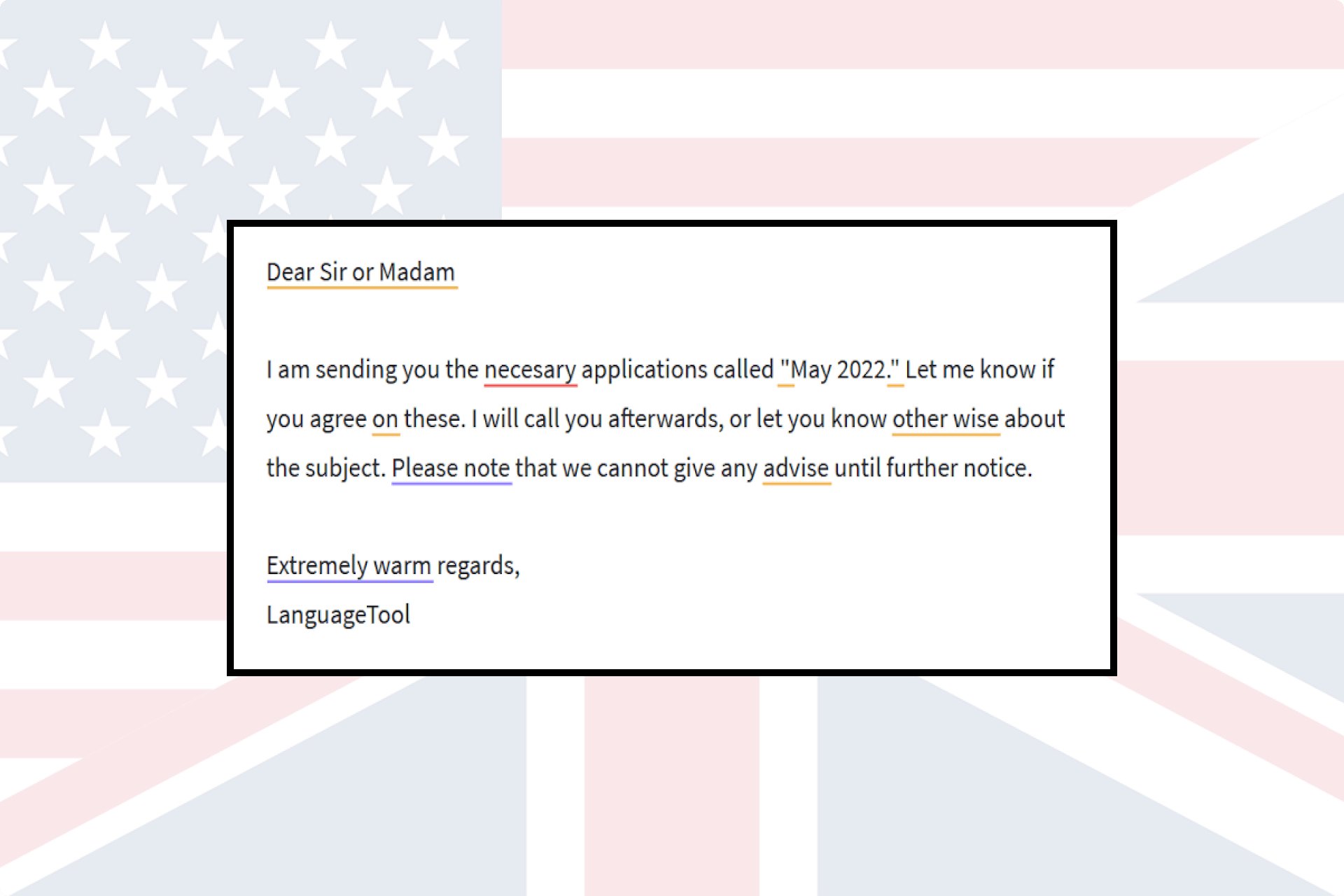Translations Are Not Only Converting Text Into Another Language
Many of us write in multiple languages. We explain why translating is so complex and how you can noticeably improve your translations.
How Can I Improve My Translations?
When translating the product articles here on the blog, I always find that translation is an extremely complex task. It’s not enough to simply put a text from any source language into the target language, and hope that the message and style will work.
No, when translating, it’s all about the subtleties and details: Simply lining up the literal equivalents of all the words is not enough. The translation is considered successful only if the linguistic style, language level, and vivid elements such as proverbs and puns make sense in the target language.
It is not surprising that being a translator has high prestige, has to be studied painstakingly, and is naturally practiced by bilingual (or multilingual) people. There are quite different approaches to translation. Either one translates everything manually, use professional CAT tools, or rely on simple basic translation tools.
But the requirements for every translation are the same: no spelling, grammar or style errors should appear in the final text. We will show you how LanguageTool can help you optimize your translations.
What Can LanguageTool Help Me with Before Translating?
Since translation tools only make one suggestion at a time by means of an algorithm, it is essential that the source text is already as free of errors as possible. This is the only way to ensure the best possible translation. LanguageTool is therefore an excellent tool for improving the text in the first step of writing or revising the source text. Especially when you’ve written the text in the source language by yourself, careless mistakes often occur regardless.
In the following email, we see that LanguageTool can mark spelling errors in red, grammar errors in yellow and style improvements in blue.

We tend to use the same common vocabulary when writing as well as when translating. LanguageTool, as an intelligent writing assistant, can make sure that your choice of words is versatile and precise. To accomplish this, click on any word and get several synonyms that you can use alternatively. We can rephrase the text above using this method so that it stands out (more):

How Can LanguageTool Optimize My Translation Afterwards?
If the source text is already error-free, it does not mean that the translation is now perfect. Back to our example: With a mediocre translation tool, we get the following translation:

Not only are there several instances of unidiomatic language, some expressions—such as esto instead of “estas” or estoy enviando for “envío”—even causes troubles in understanding. Furthermore, the salutation seems very off, and during the whole e-mail, the addressee is referred to with the Spanish informal pronoun tú (instead of formal usted).
With a better translation tool, we get a much more successful translation. However, there are cases which don’t present the perfect translation right away. Then, it’s recommendable to double-check the results.
In addition, LanguageTool can also remind you that some phrases might be incomprehensible to the target audience. Here are two examples:
1) Units of measurement: An audience outside the US might not be familiar with the imperial unit miles per hour.
2) Standard variety: In many translation tools, there is—if at all—only the distinction between US and British English. However, there are other variants, like Canadian English (shown below).

What Else Do I Need to Pay Attention to in My Translation?
So far, we’ve discussed translating a text from the source language into the text of another language. However, there are other areas or text types where LanguageTool is appropriate to use.
- In interpreting, a spoken text is either reproduced orally or recorded in a text (a kind of protocol). LanguageTool cannot help with the first method, but if what is said is to be turned into a text, the writing tool protects against careless mistakes or an imprecise choice of words.
- Concerning so-called mediations, it is important to move away from the original text a bit and not to perform the translation word-for-word, if possible. It is more essential to summarize points and connect them in other ways. As with many other types of text, LanguageTool is suitable here as a writing assistant.
- Occasionally, there are texts that are inherently written in several languages. For example, an English abstract is common at the beginning of an academic paper. By the way, when you start a new page, LanguageTool automatically detects which language to check.
The following languages can be used with LanguageTool:
Main languages: Dutch, English, French, German, Portuguese, and Spanish.
Secondary languages (LanguageTool doesn’t develop them actively, its online community does): Arabic, Asturian, Belarusian, Breton, Catalan, Chinese, Danish, Esperanto, Galician, Greek, Irish, Italian, Japanese, Khmer, Norwegian, Persian, Polish, Romanian, Russian, Swedish, Slovak, Slovenian, Tagalog, Tamil, and Ukrainian.
- Define language variety, text meaning, target audience, scope, and language style.
- Improve the source text if necessary.
- Translate in the way that works best for you: with tools, CAT tools, manually or with professional translators.
- Correct the finished translation with LanguageTool.
